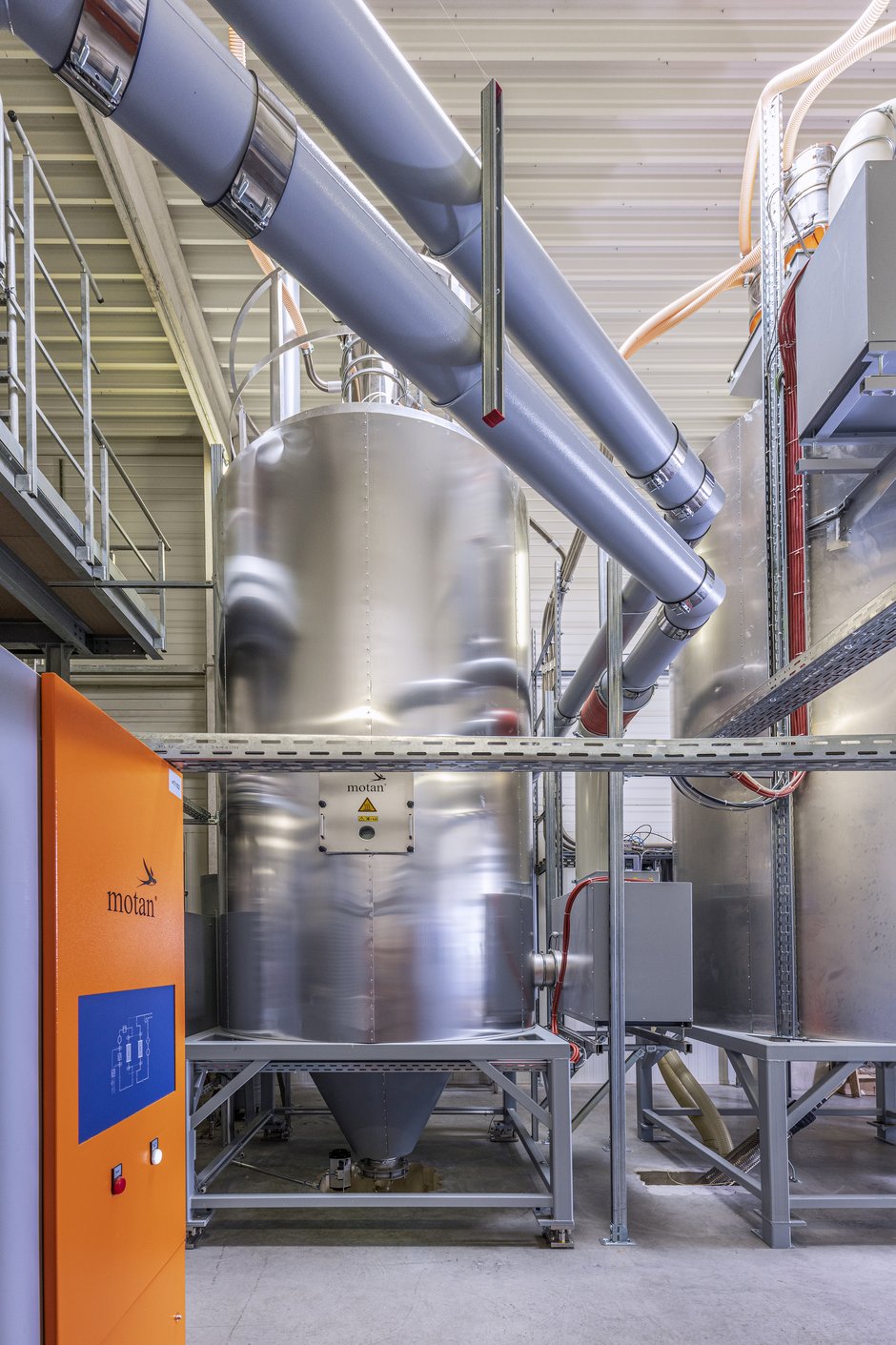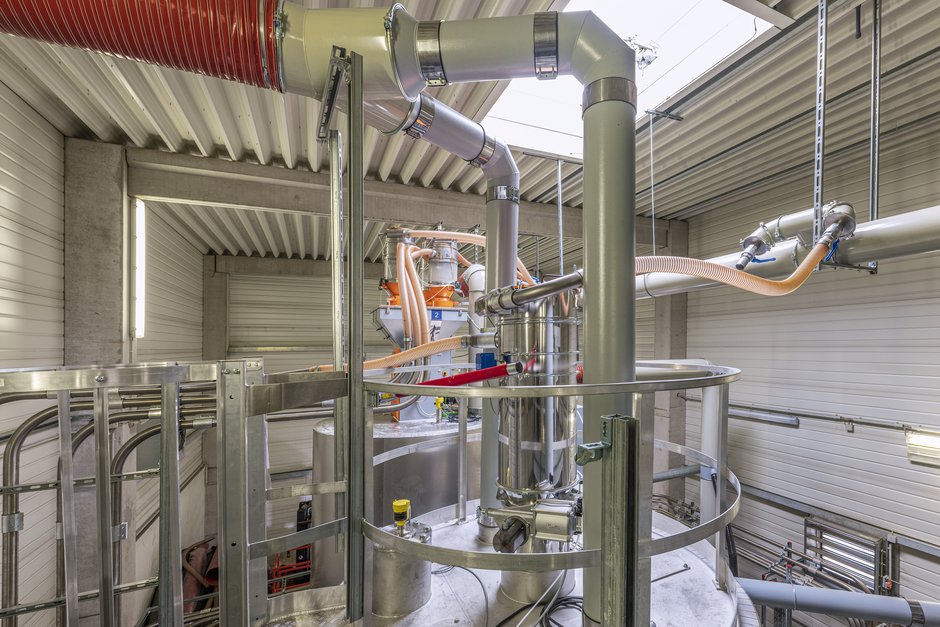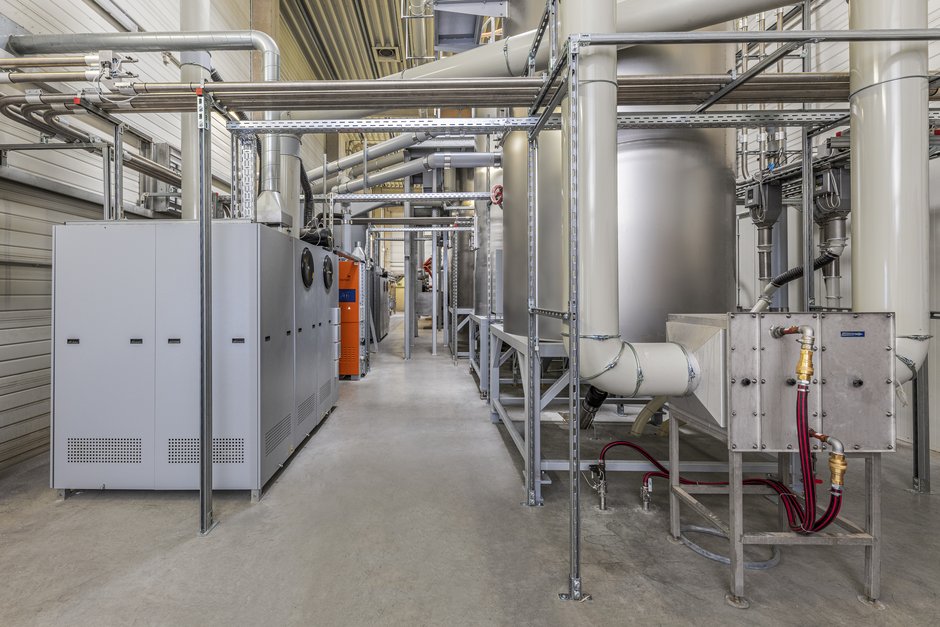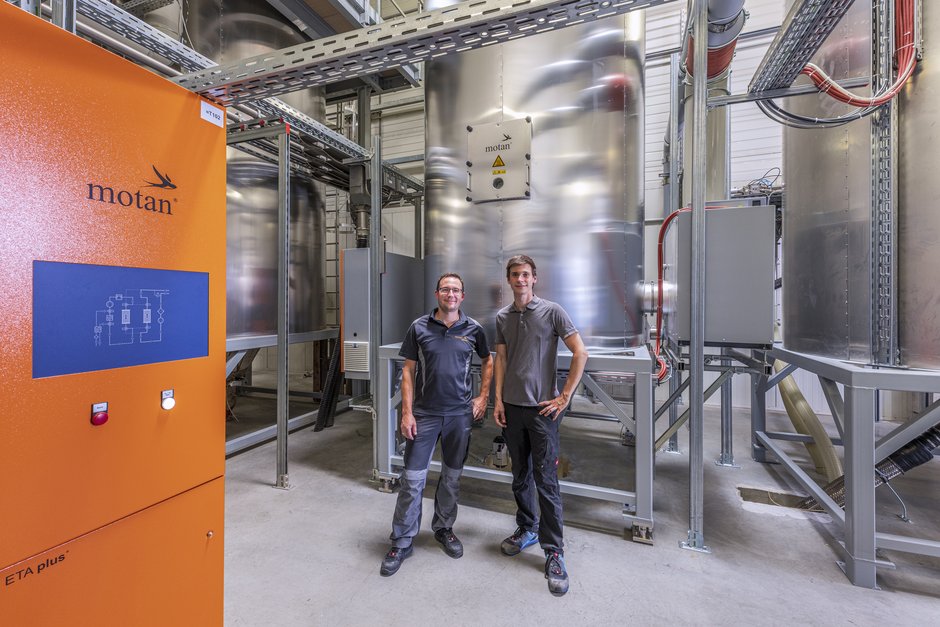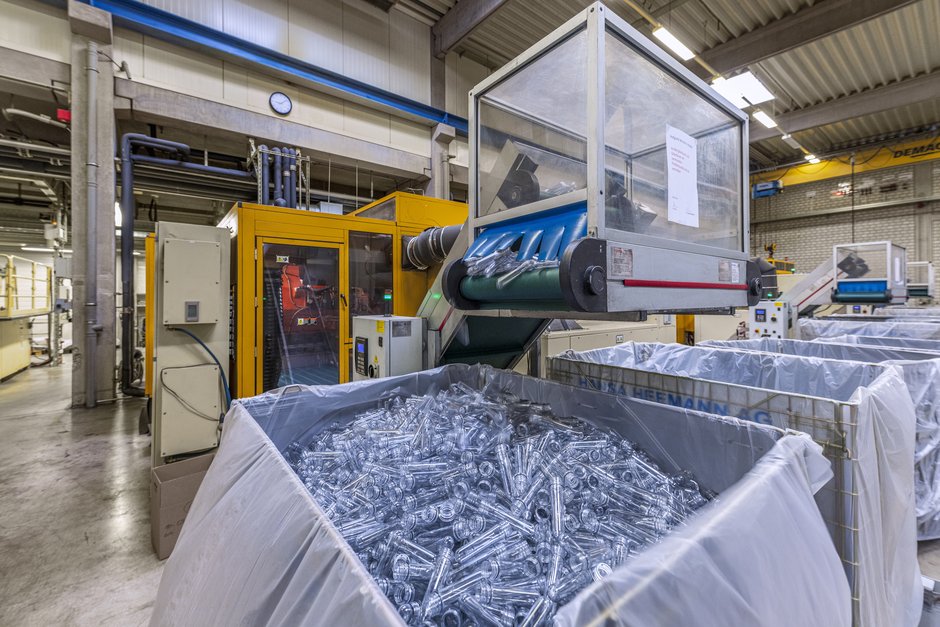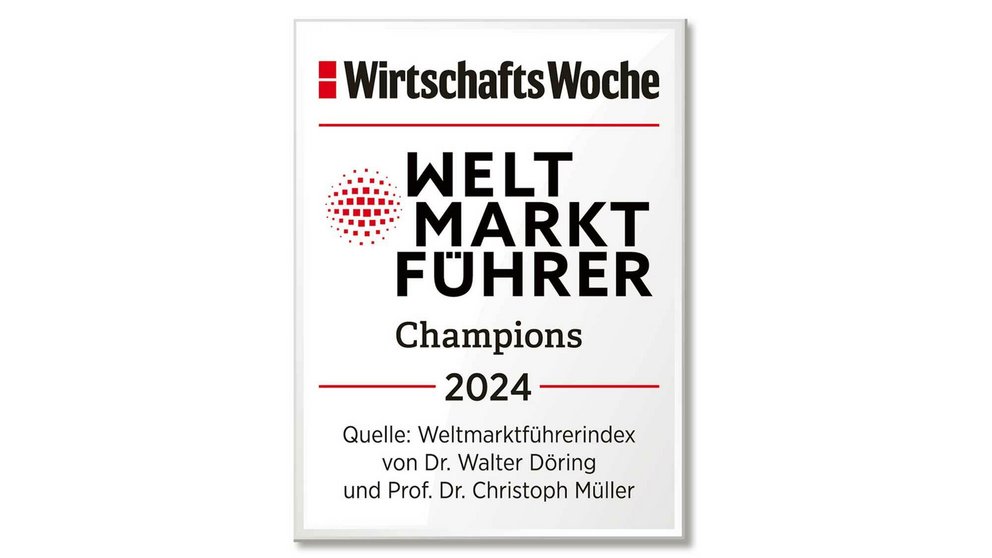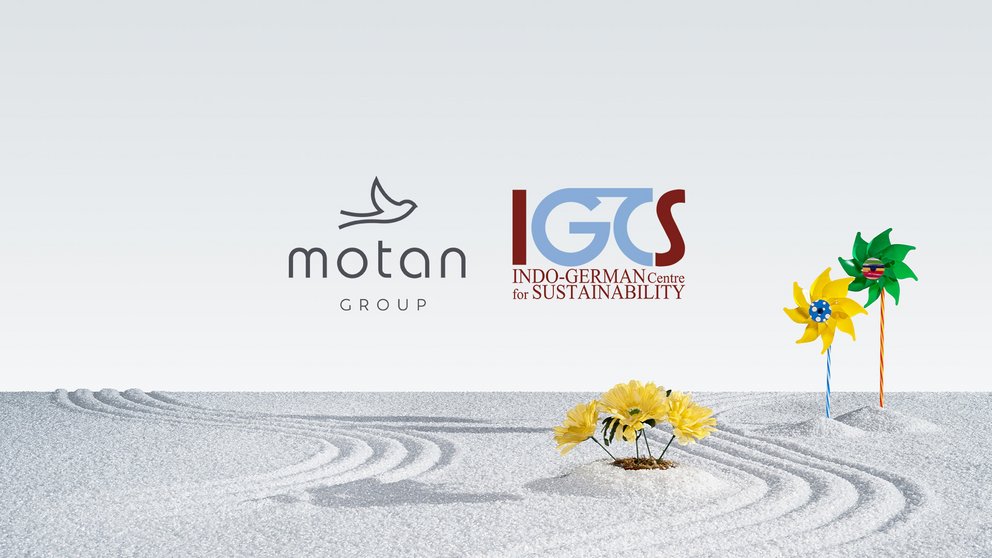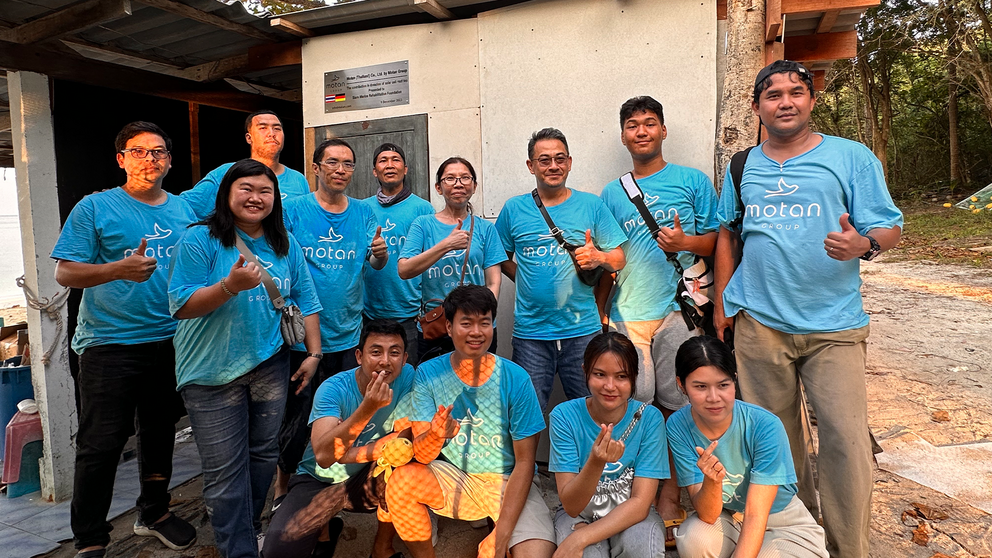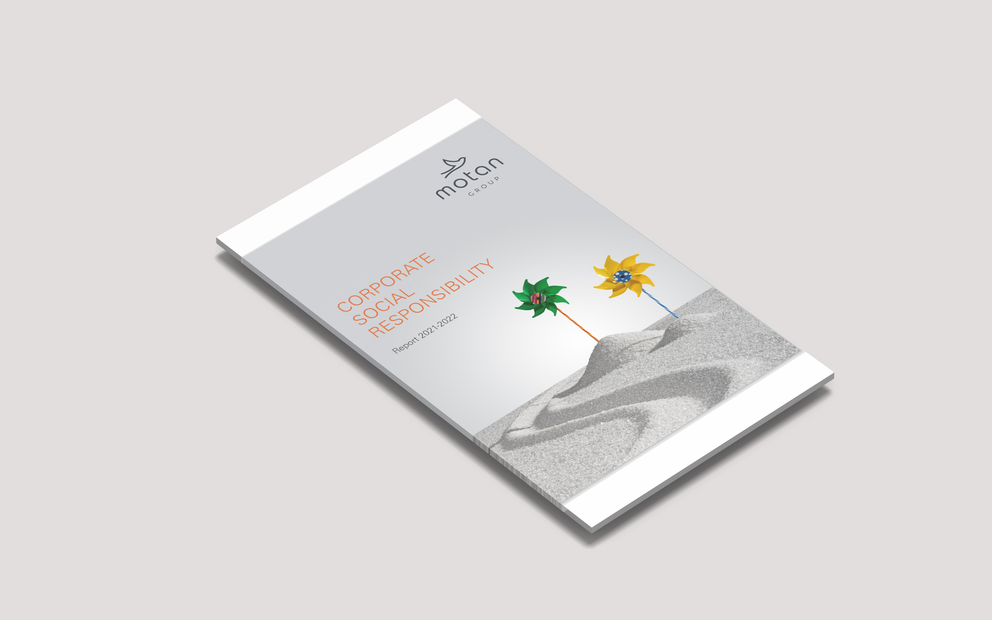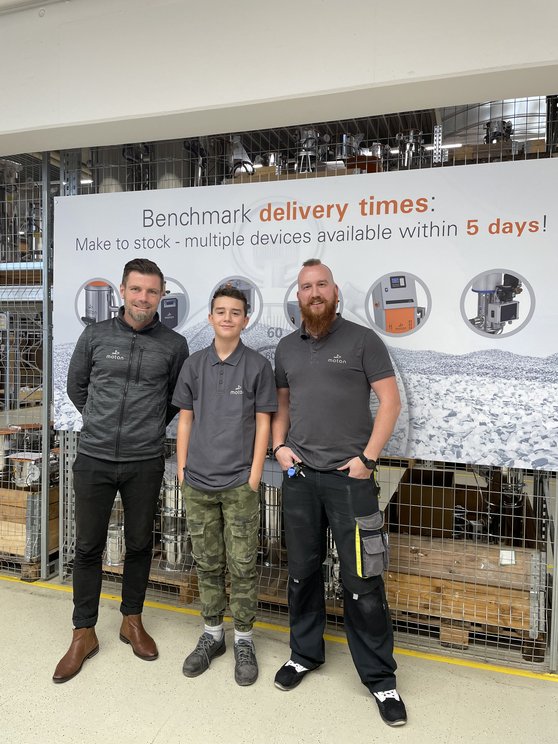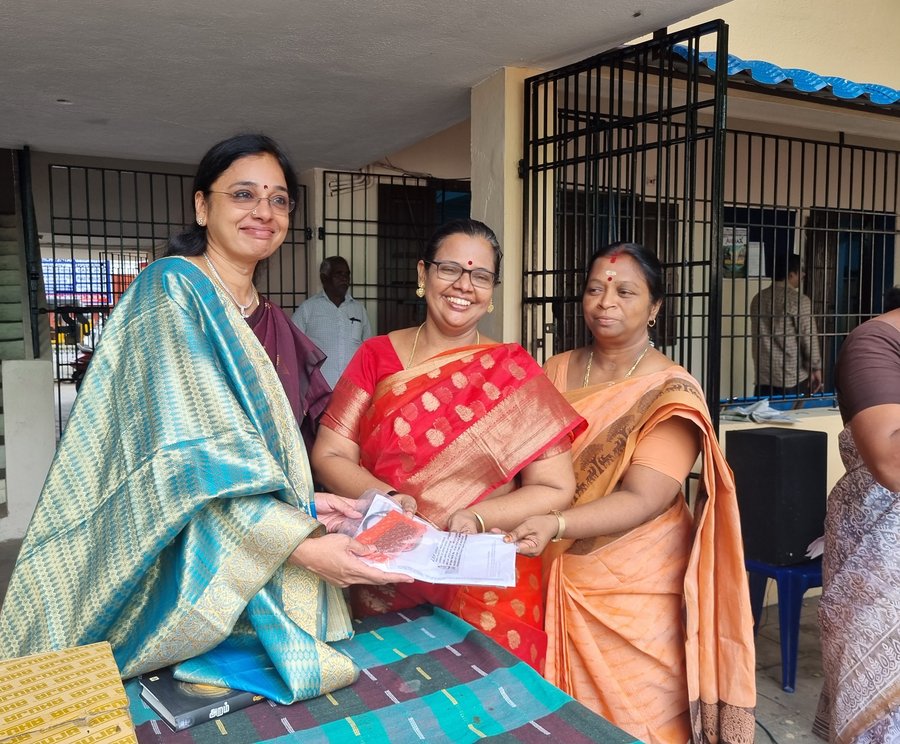New solutions for PET bottle flake production
Sustainability, quality and consumer protection are a high priority for manufacturers of beverage and food packaging. The German giant in the “r” mineral water and soft drinks sector, Hansa-Heemann AG, is a sustainability trailblazer when it comes to process engineering and manufacturing processes. They make bottles from PET preforms that use at least 25% recycled material compliant with the RAL quality mark and IFS standard. In 2011, the company was already able to manufacture bottles using 50% regrind material. Today, certain products can be made at Hansa-Heemann using 80% or even 100% recycled material.

